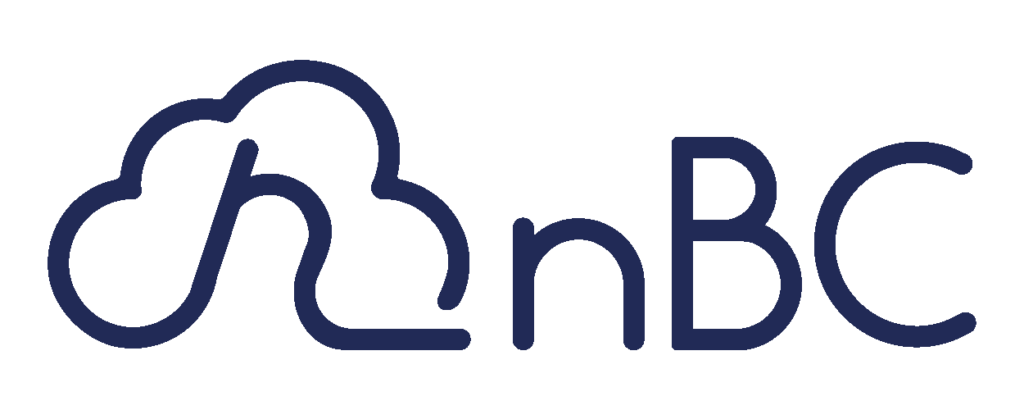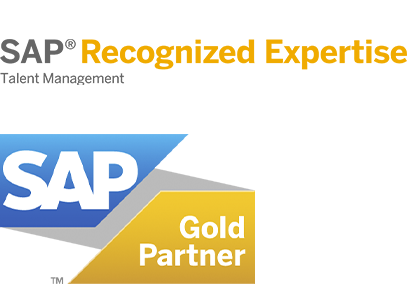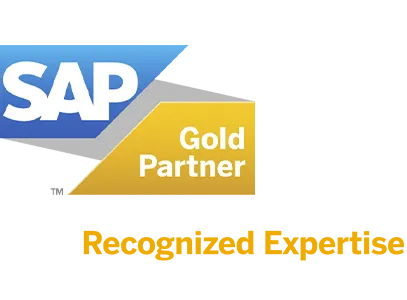
So that read in this and other notes, predict the future of work is becoming more and more complex, but some are seen clearly.
The past two years have been a roller coaster for the field of human resources. We have been entrusted with the task of leading our organizations through a pandemic only in a generation, design and edit (and re-edit) plans back to the place of work, create new models of remote work operations people in the cloud" and more.
The duality of this age of transition is deep. The functions of RR.HH. and people have risen to a status that we have searched for a long time, since we have been essential to navigate through all the turmoil of the past year. On the other hand, the emotional cost of this centrality has led to high levels of exhaustion, with experienced executives who leave the operator roles. The weight of these responsibilities, the more the stress and the uncertainty of their leaders, teams and employees, is a counterbalance to this increase in status and demand.
As the field of operations management, people management looks to 2022, we do so with a clearer focus on the changes that we face, and our role in the momentum of this continuous evolution in the world of work. We feel more comfortable with the ambiguity that permeates the pandemic and we understand the need of agile approaches that are able to adapt to our new world of work is in constant evolution.
The field of human resources is a spectrum, with some still operating on legacy environments that are largely transactional and other practices of the most progressive and proactive. These are some of the ways in which Managing People will begin to look different in 2022 for the latter group:
1. Hybrid 2.0
When the pandemic spread throughout the world in march 2020, the world of work has become remote from the night to the morning, carrying their systems of collaboration and communication based in the office of digital systems. It was not pretty, but what we discovered. Then, 2021 brought the hope of a "return to the place of work," as that implemented the vaccines and the visions of the offices prior to the pandemic seemed to be on the horizon. But there were new variants and postponed those plans returning to the cycles of uncertainty.
Models work remote and plug-in hybrid in which we have relied for the past two years have been largely frameworks focused on the office, and adapted to the digital. The meetings continue to be the main way in which the work is done. Our efforts to create equity and parity for those who enter an office, and his colleagues remote have been largely inconsistent.
As we move towards 2022, the companies that sail with success in this new landscape work will be much more intentional in the re-engineering of your systems and operating structures of human resources so that they are more based in the cloud. We will improve on to get away from work synchronous, and we will be more intentional to refocus towards the asynchronous as a model, the default operating. The cliché of "meetings that should have been emails" in reality will lead to more emails. We will use tools like Loom to send video messages that describe you in five minutes what usually takes a 30 minute meeting. When we have meetings, will be carefully structured, with books, reading materials pre-sent in advance, and include only those that are needed to advance this project.
2. Rules of flexibility
Management of people I used to follow a unique approach to everyone. Not anymore. In the last two years, we've heard a lot of our employees to better understand how they're doing, what they need, and more. This awareness has shifted the field of human resources toward the experience of the employees and it allows us to create programs in conjunction with the co-workers, not only for them.
Working during the pandemic reinforced the reality that different employees have different needs. Some are desperate to return to the office. Some will never return. Some want the power to choose when and where to work. Companies that empower employees with the autonomy to make the decisions that work best for them they will have a clear advantage.
3. Equity, inclusion and access
The field of RR.HH. still has a lot of work to be done to deconstruct the systems of inequality that pervade our businesses and stifle everything from the pay equity until the representation inclusive in the directories. While some companies have made commitments to anti-racist, others seem to have settled in the habits of the past.
The shift to remote work and the hybrid is also affecting our efforts in diversity, equity, and inclusion. Remove geographical restrictions opens up the talent pool and create more access to talent has a positive impact on recruitment. As more companies adopt constructions remote, the human resources teams need to be more conscious and intentional about the maintenance of the equity in these new distributed teams.
4. The mobility of talent continues
We've spilled a lot of ink covering the Great Renunciation and we have felt the pain of growing attrition within our companies. Under the tumult, what is really happening is a "great migration", as outlined in effectively the analyst and writer of the industry Josh Bersin.
The current labour market is red-hot. The publications of jobs recruiters are beating software engineers, as companies fight for an advantage in this market recruitment hyper-competitive. The "war for talent" now transcends technology and is expanding to fields that include retail, where employers offer benefits that were previously rare, as a bonus for signing up.
Currently, 45% of full-time employees in the USA are working to fully or partially remotely. While that number may decrease as more companies implement plans to return to the place of work in 2022, will continue to be an important part of our workforce. The percentage of employers that offer remote work or hybrid significantly reduces the friction of hiring. The ease of the interviews to virtual and hiring will continue to drive the migration of talents in 2022. To compensate for this, companies need to duplicate the creation of great places to work, giving priority to the professional growth, flexibility, learning and development, and programs to total rewards to attract and retain talent.
5. It is about the metaverse
Facebook he made waves earlier this year when it changed its name to the Finish line, a nod to their plans to invest in expanding to the metaverse. Although virtual reality is not new, the barriers of access (mainly hardware) continue to decline, which opens up more use cases for the operations of the human resources and people.
As companies have migrated to remote and hybrid struggling to fill the void of the funniest moments and meetings live, the metaverse will help close the gap between analog and digital. Companies such as Remote and Accenture are sending to new employees viewers Oculus VR for a variety of uses, from on-boarding to training and meetings. Other organizations have created spaces always active more informal where employees can connect, play and watch live events together.
6. Web3 on our radar
The metaverse is often included with the world emerging web3. Although we will not see implications generalized for the management of people, we should pay attention to as this unfolds. On the whole, web3 includes a combination of technology, open standards, criptomonedas, blockchain, tokens, non-fungible (NFT), autonomous organizations decentralized (DAO), communities of finance decentralized (DeFi), and the new economy creates.
Crypto is already in the game for some companies, including Airbnb, Uber, Target, and others, which offer criptomonedas to employees as an option for salaries or bonuses. Human resources need to navigate through the complexities of legal and fiscal to offer criptomonedas as salaries, including a combination of guidelines, state and federal on how to pay the salaries.
7. The great reset
The pandemic has disrupted many of the constructs of work of the industrial era of long-standing. The when, where and how the work has evolved beyond these views legacy limited 9-5 in the office. Of course, there will always be traditionalists who want to return to an era of previous work to the pandemic that is no longer there. Will be in companies that are struggling to attract and retain talent in 2022 and beyond.
The Great Reset requires that RR.HH. examine our practices, delete the ones that no longer serve our companies and employees, and to build back some of the new methodologies of work detailed above. Need to shift away from the books of plays, prescribed programs of management of people and the willingness to test and adopt new practices. It will focus on the experience of the employees and will be created in conjunction with our employees.
On the days in which RR. HH. it was an administrative role came to an end. Our opportunity generational redefine the work itself is directly in front of us. How we can find ourselves in this time? I believe that we can. We'll see how far we have come in the publication of the next year.
Source: https://www.comunidad-rh.com/





































































































































































































































































